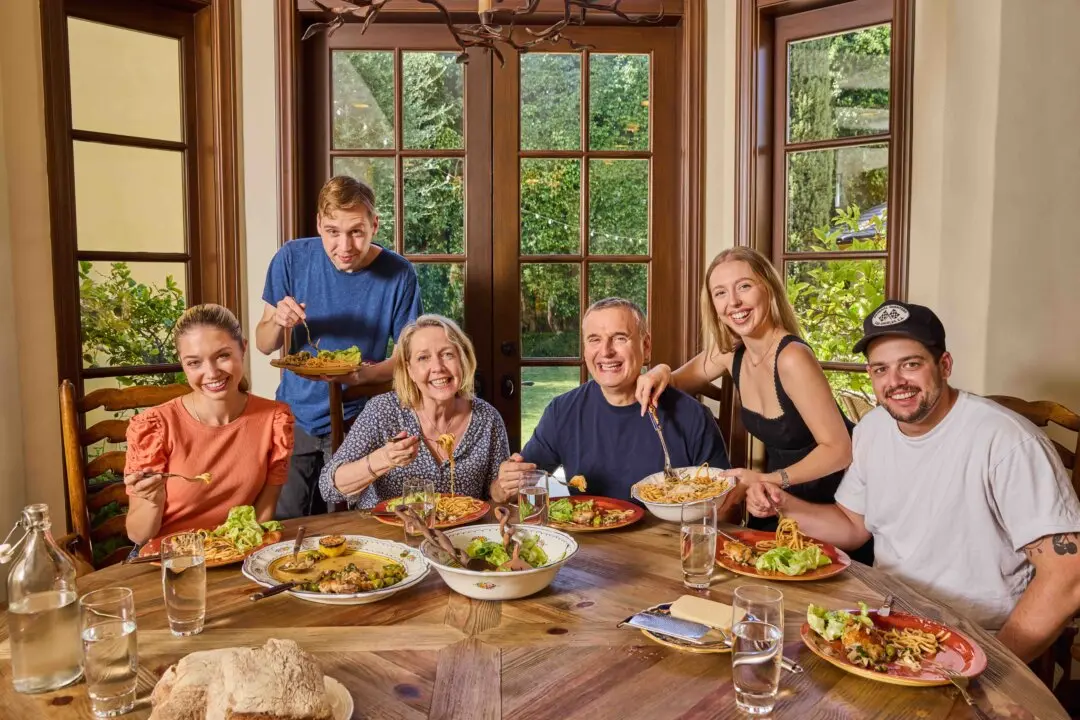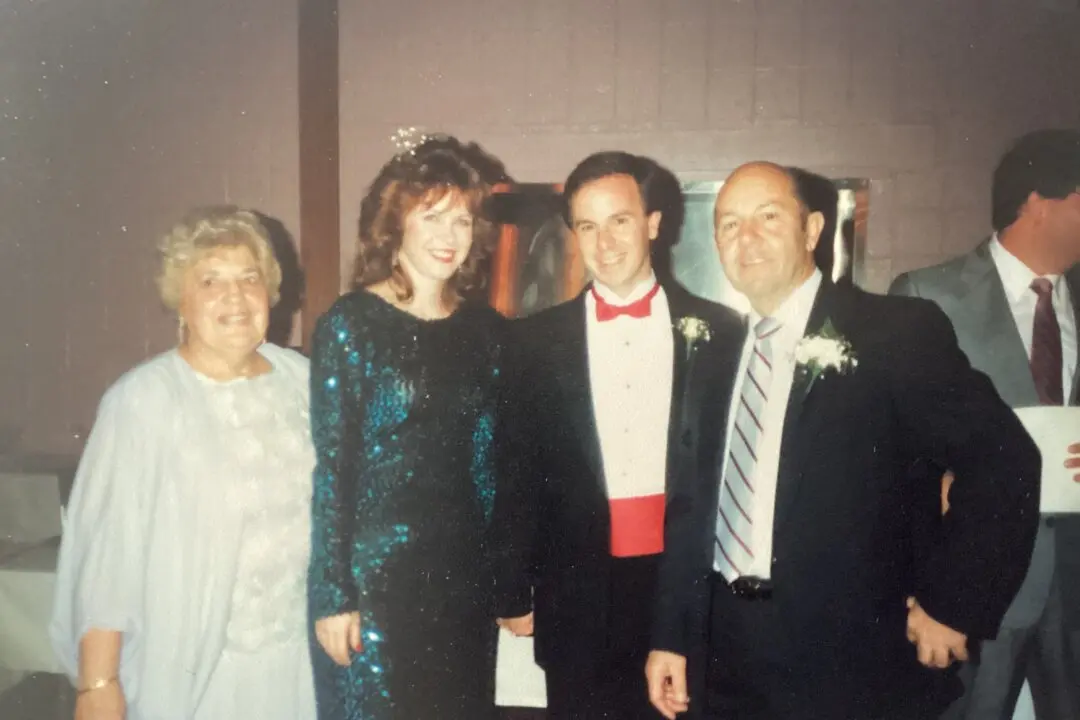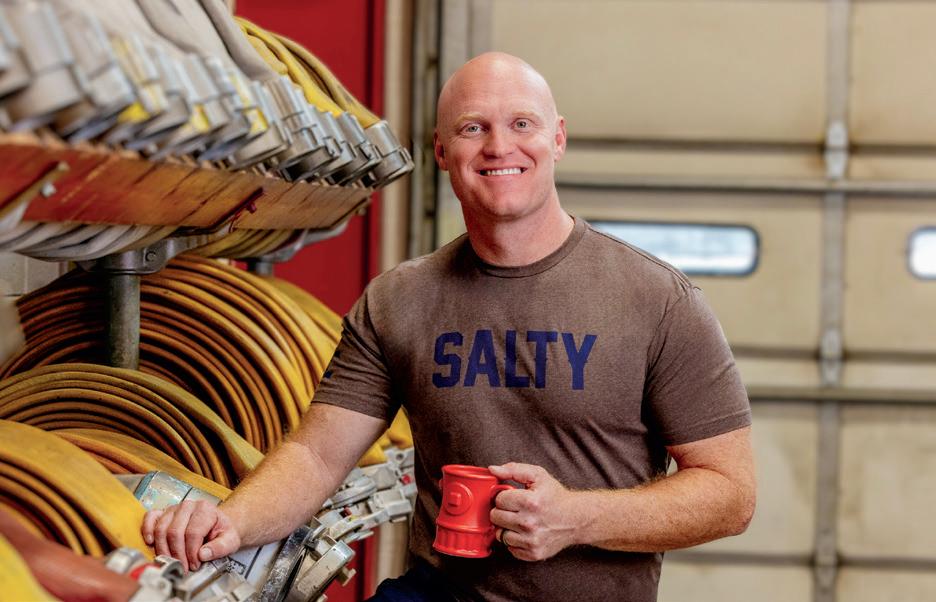If you’re longing for good old-fashioned human connection, but wondering how to meet new people in the digital age, consider the cocktail party.
We’re talking about a version that’s more about social interaction than a throwback to the hard-drinking Mad Men era. It’s about creating a low-stakes gathering to meet people and have great conversation, without the formality and complicated planning of a dinner party.






